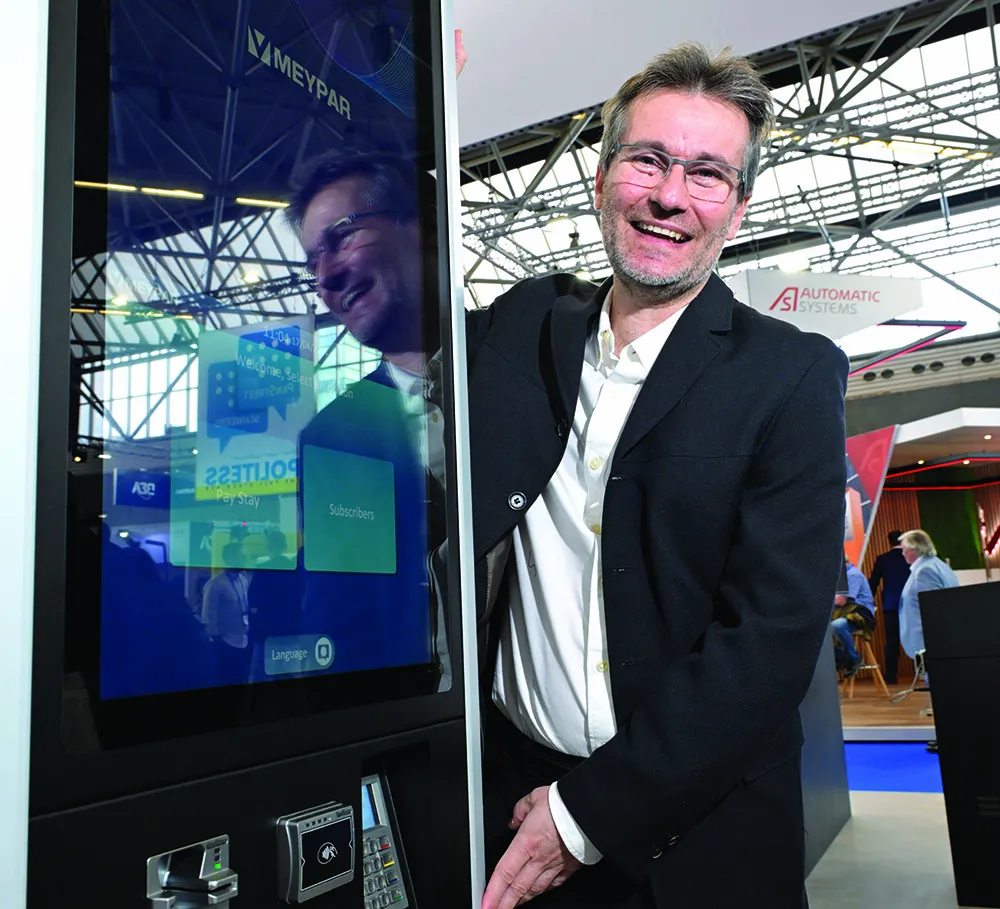
The uPass Target antenna is an external antenna for the uPass Target UHF RFID reader, which identifies vehicles, people and rolling stock at distances up to 10m. The antenna extends the read-range of the uPass reader for a wider scope and can be used in situations where reading of both vehicle entry and exit lanes is required, such as bus depots and car parks.
Nedap’s PCC485 is an OSDP protocol converter for Transit, uPass and MACE readers.
The final addition to the portfolio is the MACE access card, which features 13.56MHz smartcard technology for secure people identification in secure access control applications.










